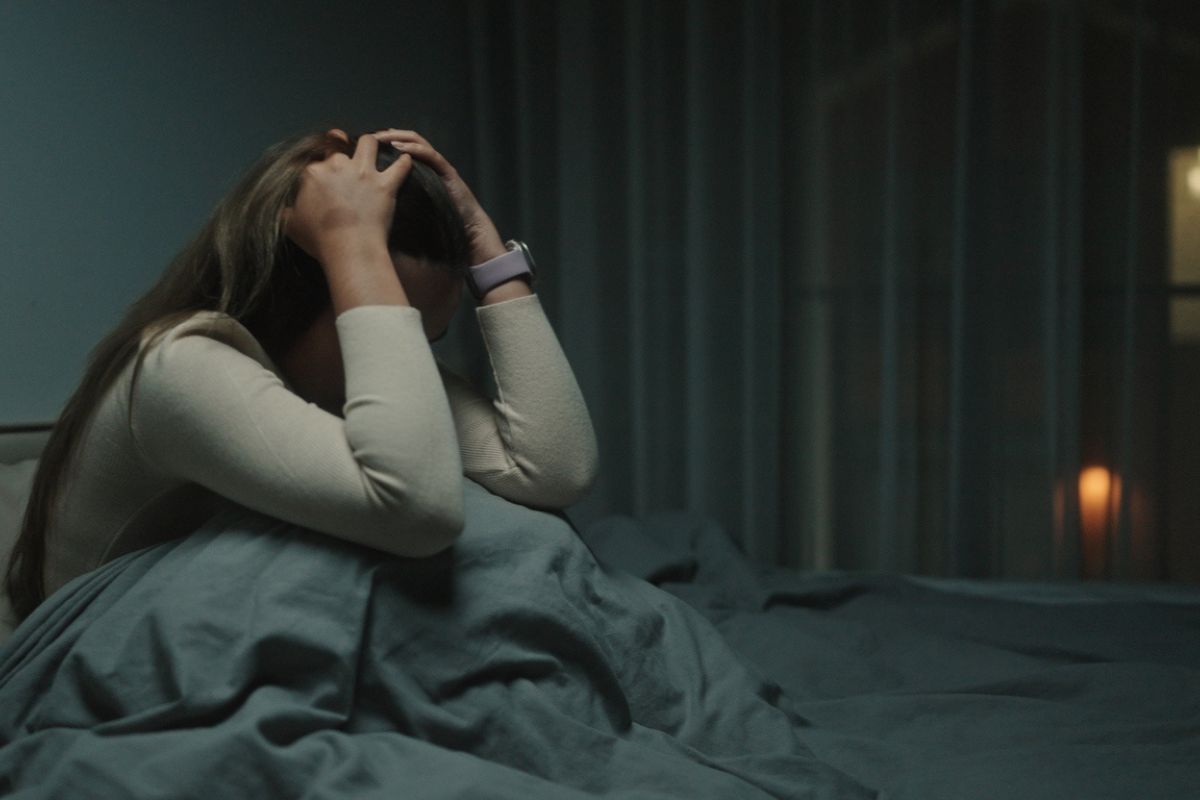The Journal of Clinical Psychiatry has published a new study that attempts to gauge the benefits of brief video intervention in easing the self-imposed stigma of mental illness.
Video Intervention Eases Self-Stigma of Mental Illness
Researchers sought to investigate the effectiveness of a brief social contact-based video intervention in reducing self-stigma among young individuals with ongoing mental health conditions.
To start, the scientists launched a randomized controlled trial that recruited 1,214 participants between 18 and 35 with mental health conditions. The researchers had participants watch a two-minute video depicting a young individual sharing their struggles with mental illness and recovery, or a non-intervention control. Before and after the intervention, the study’s authors conducted assessments of the participants, followed by one more after 30 days.
The intervention group exhibited significant reductions in self-stigma across five of six domains compared to the control group. Effect sizes ranged from 0.22 to 0.46 for baseline to post-intervention changes.
However, these reductions had tapered off by the 30-day follow-up.
The brief social contact-based video intervention effectively reduced self-stigma immediately but didn’t have a lasting effect among young individuals with ongoing mental health conditions.
The authors stress the need for further research to better explore methods for sustaining these reductions, such as incorporating multiple videos or integrating the intervention into existing self-stigma reduction programs. Matching the characteristics of the video’s protagonist with the target population could also enhance intervention effects.
IN OTHER PSYCHIATRY AND NEUROLOGY NEWS
- After a failed prazosin trial, a switch to terazosin showed promising results in reducing the severity and frequency of trauma-related nightmares.
- The Psychiatric Consultation Service at Massachusetts General Hospital discusses the diagnosis and management of hospitalized patients with complex medical or surgical problems and psychiatric symptoms.
- A case report describes a patient presenting with self-reported Havana syndrome symptoms, including paranoia about radiofrequency waves, alongside somatic complaints, highlighting the challenge of treating individuals with such beliefs.
- In a surprise move, the FDA delayed Eli Lilly’s donanemab approval for Alzheimer’s to consult its advisory committee, despite promising trial results.
- An examination reveals that Robert Card, who killed 18 people and injured 13 others late last year in Maine, showed signs of traumatic brain injury.



